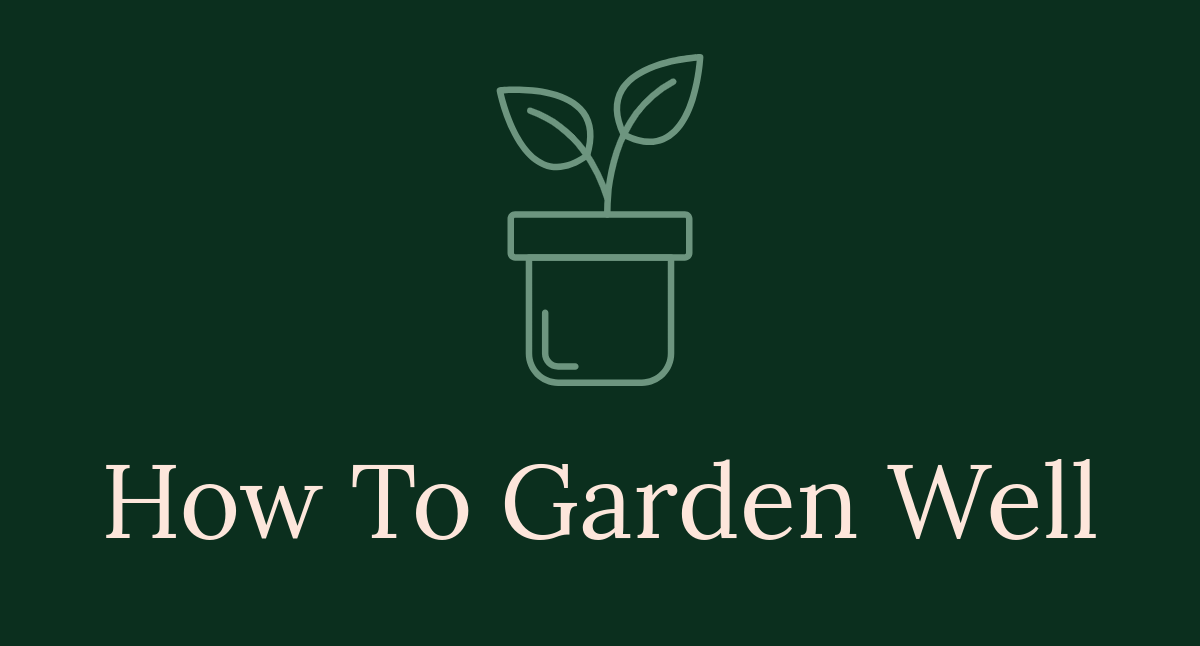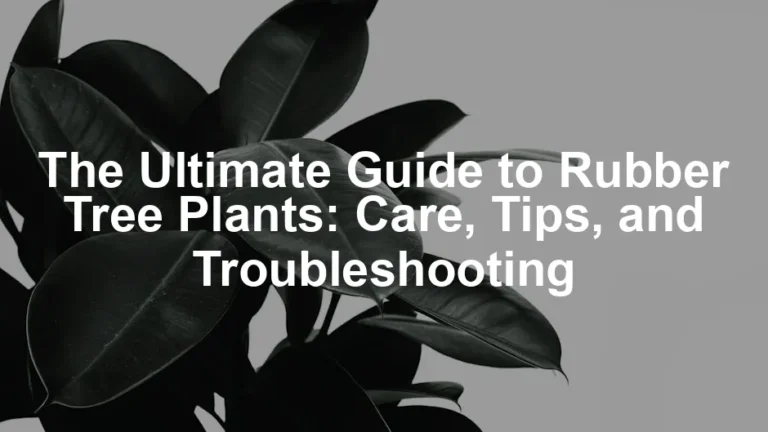
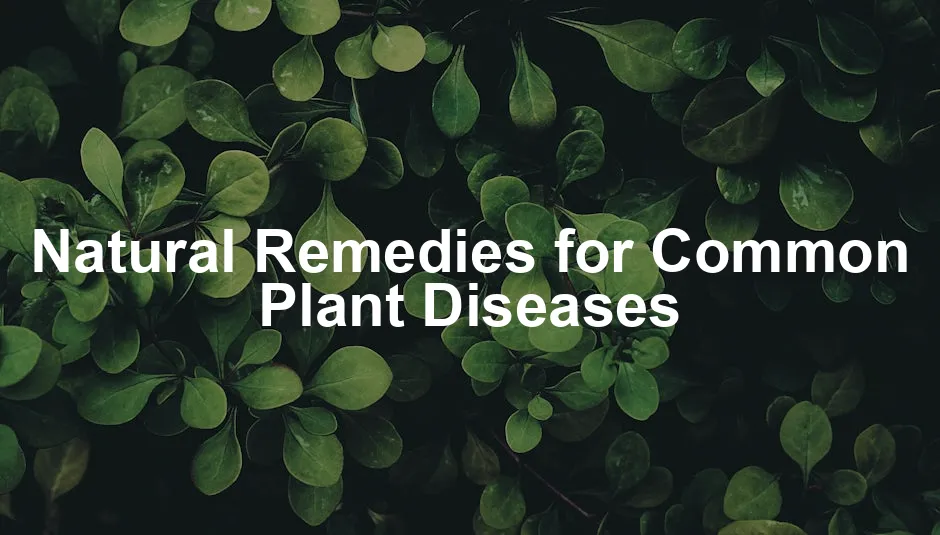
Natural Remedies for Common Plant Diseases
Introduction
Gardening is a wonderful way to connect with nature, but plant health is paramount for success. Healthy plants not only look good but also produce better yields. However, every gardener faces the daunting challenge of plant diseases. With a growing interest in natural remedies, many are ditching the chemical treatments. Why? Because these alternatives are often safer for both plants and the environment.
This article aims to provide you with effective, easy-to-implement natural solutions for common plant diseases. Whether you’re dealing with pesky mildew or stubborn spots, we’ve got you covered. Let’s dive into the world of natural remedies that can save your plants while keeping your garden eco-friendly and thriving.
Understanding Plant Diseases
Plant diseases can wreak havoc on your garden, affecting everything from flowers to vegetables. These diseases are caused by pathogens like fungi, bacteria, and viruses. Each type can lead to various symptoms, making it crucial for gardeners to understand what they’re up against.
Fungal diseases, such as powdery mildew, thrive in humid conditions and can spread like wildfire. Bacterial diseases often show up as wilting or discoloration. Viral diseases, on the other hand, can cause stunted growth and mottled leaves.
By recognizing the common types of plant diseases, you can take action before they devastate your garden. And speaking of action, having the right tools can make a world of difference. Consider investing in a set of Garden Pruning Shears to keep your plants in tip-top shape!
Common Symptoms of Plant Diseases
- Wilting: A clear sign that something’s wrong.
- Discoloration: Brown, yellow, or black spots can indicate disease.
- Moldy coatings: White or gray powder on leaves, often harmless but could signal trouble.
- Stunted growth: If your plants seem to be stuck in time, it’s a red flag.
Understanding these symptoms will help you catch problems early and apply remedies effectively. In the following sections, we’ll discuss specific natural remedies for various plant diseases, ensuring your garden stays vibrant and healthy. And don’t forget to keep your gardening organized with a Plant Care Journal to track your plants’ progress!
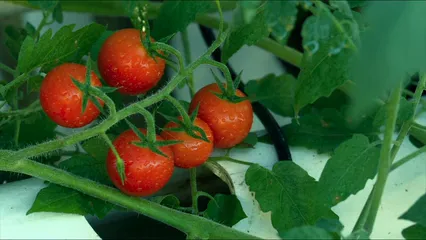
Natural Remedies for Specific Plant Diseases
Fungal Diseases
Powdery Mildew
Powdery mildew is a common fungal disease. It appears as a white, powdery coating on leaves, stems, and buds. Plants like roses, cucumbers, and grapes are frequent targets. Symptoms include yellowing leaves, stunted growth, and premature leaf drop. If left untreated, it can significantly weaken plants.
To combat this pesky invader, try these remedies:
- Baking Soda Solution: Mix one teaspoon of Baking Soda in one quart of water. Spray it on affected areas. This helps to raise the leaf pH, making it harder for mildew to thrive.
- Milk Spray: Combine equal parts of Milk Spray Bottle and water in a spray bottle. Spray this mixture on the infected plants. The proteins in milk boost the plant’s immunity and fight off further fungal growth.
- Cinnamon Powder Application: Sprinkle Cinnamon Powder directly onto the affected leaves. Cinnamon has natural antifungal properties that work wonders against powdery mildew.

Downy Mildew
Downy mildew is another fungal foe that thrives in damp, humid conditions. It causes yellow patches on the upper surfaces of leaves, while the underside often shows a fuzzy, grayish mold. Common victims include lettuce, spinach, and various ornamental plants. If not managed quickly, it can lead to severe plant stress and even death.
To tackle downy mildew, consider these methods:
- Remove Infected Leaves: The first step is to prune away any affected foliage. This prevents further spread and allows healthier parts of the plant to thrive.
- Use Copper-Based Fungicides: These fungicides can help control the disease when applied as a preventive measure or at the first sign of infection.
- Milk Spray: Yes, the same milk spray for powdery mildew can help here too! Apply it to the infected areas to boost defenses against downy mildew.

Black Spot
Black spot is a notorious fungal disease primarily affecting roses. It manifests as small, round black spots with fringed edges on leaves, often causing them to yellow and fall off. Infected plants may struggle to flourish, making them more susceptible to other issues.
To fend off black spot, use these remedies:
- Remove Infected Foliage: Pruning away diseased leaves is crucial. This not only reduces the spread of the fungus but also improves the air circulation around the plant.
- Baking Soda and Soap Mixture: Combine two teaspoons of baking soda and one teaspoon of liquid soap in two quarts of water. Spray this solution on the affected parts of the plant. It acts as a fungicide and helps keep black spot at bay.
- Use Resistant Varieties: Whenever possible, opt for rose varieties that are resistant to black spot. This simple choice can save you a lot of headache.
Bacterial Diseases
Bacterial Wilt
Bacterial wilt is caused by the bacterium Ralstonia solanacearum, which affects a wide range of plants, including tomatoes and eggplants. Symptoms include wilting leaves, yellowing, and stunted growth. The bacteria thrive in warm, moist conditions and can easily spread through contaminated soil or tools.
Here are some natural remedies to manage bacterial wilt:
- Crop Rotation: Practice rotating your crops every year. This reduces the buildup of bacteria in the soil, minimizing the risk of future infections.
- Sanitation Practices: Keep your garden clean by removing infected plants and debris. Always disinfect tools before moving between different garden areas to prevent spread.
And don’t forget to test your soil with a Soil Testing Kit to ensure it’s healthy for your plants!

Viral Diseases
Mosaic Virus
Mosaic virus is a sneaky little troublemaker in the plant kingdom. It strikes a variety of plants, especially tomatoes and cucumbers. Symptoms include mottled leaves with a yellow-green pattern, stunted growth, and in some cases, malformed fruits. If your plants start looking like they’ve attended a wild paint party, they might be infected!
The best remedies for this pesky virus? First, don’t panic! Remove any infected plants as soon as you spot them. This helps prevent the virus from spreading to healthy neighbors. Next, avoid planting any susceptible varieties in the same area for at least two years. Think of it as giving your garden a well-deserved break from the virus.
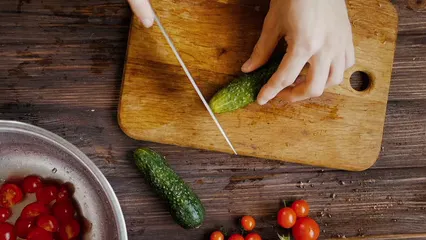
DIY Pest Control Solutions
General Pest Control
Pest management is crucial for maintaining plant health and preventing diseases. Unwanted insects can wreak havoc, making plants more susceptible to diseases. Thankfully, natural pest control methods exist that won’t require a chemistry degree to implement. They’re easy, cost-effective, and often made from ingredients you probably already have at home.
Start by understanding your garden’s ecosystem. Encourage beneficial insects that prey on harmful pests. You can do this by planting a variety of flowers that attract pollinators and predators. The more diverse your garden, the healthier it becomes! And for those pesky critters, consider using an Outdoor Pest Control Spray to keep them at bay!
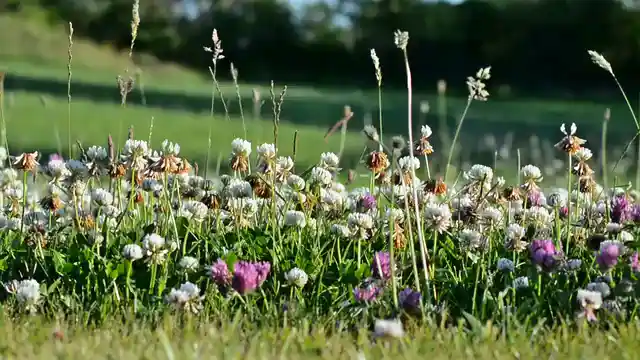
Specific Solutions
Garlic Spray
Garlic isn’t just for warding off vampires; it’s also a powerful pest deterrent! To make garlic spray, blend two cloves of Garlic with one quart of water. Strain the mixture and add a few drops of liquid soap to help it stick. Spray this concoction on affected plants and watch those pesky pests retreat in horror!
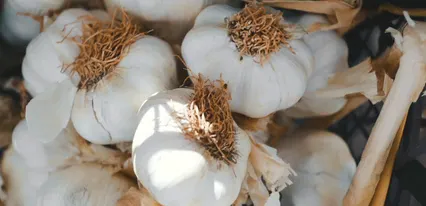
Neem Oil
Neem oil is the Swiss Army knife of pest control. It’s effective against a wide range of insects and also helps prevent plant diseases. Mix two tablespoons of Neem Oil with one gallon of water and a few drops of liquid soap. Spray this solution on your plants, focusing on the undersides of leaves, where pests often hide. Repeat every few weeks for the best results.
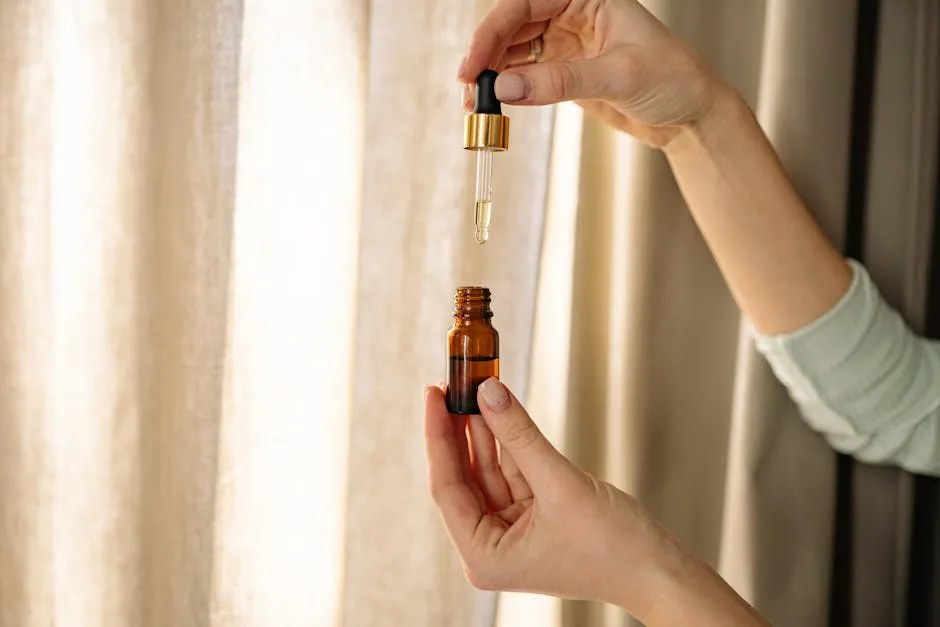
Essential Oils
Essential oils like peppermint and eucalyptus can serve as effective pest deterrents. Mix a few drops of your chosen oil with water and a splash of liquid soap. Spray the solution around your plants, and not only will it keep pests away, but it will also leave your garden smelling delightful. Just remember to test on a small area first, as some plants can be sensitive to oils. And if you want to take your aromatherapy to the next level, consider getting an Aromatherapy Essential Oil Diffuser for your home!
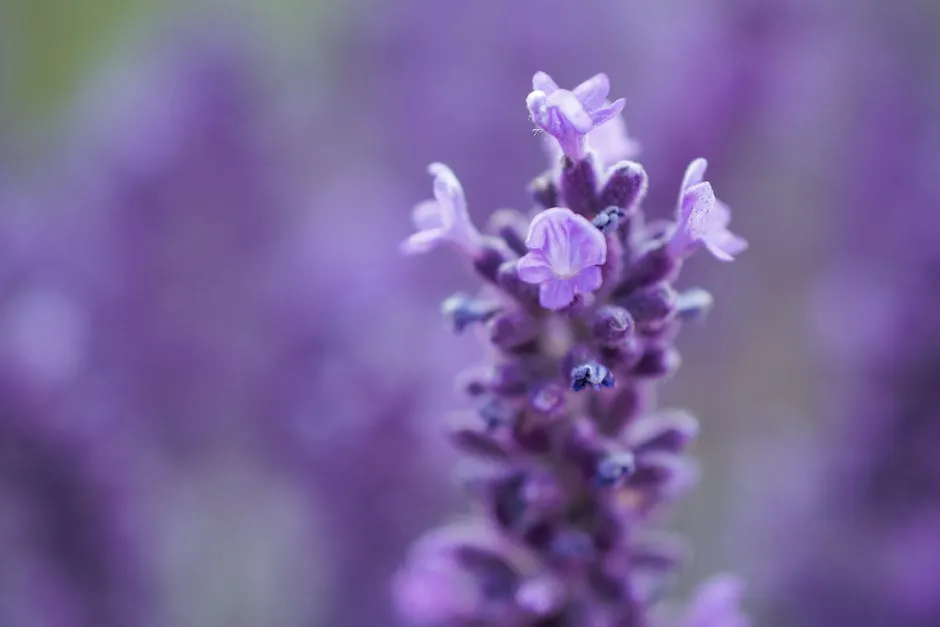
These natural pest control solutions are perfect for keeping your garden healthy and thriving. By integrating them into your gardening routine, you’ll not only protect your plants but also contribute to a more sustainable environment. Happy gardening!
Preventative Measures for Healthy Plants
Cultural Practices
Healthy plants are like happy humans; they thrive on good habits! Implementing solid gardening practices is your first line of defense against pesky diseases. Think of it as giving your plants a spa day. Crop rotation, proper spacing, and sanitation are crucial for keeping diseases at bay.
Crop rotation is like a breath of fresh air for your soil. By changing the types of plants you grow each season, you disrupt the life cycles of pests and diseases. For instance, if you plant tomatoes one year, try beans or carrots the next. This practice minimizes the risk of soil-borne diseases taking up residence in your garden.
Proper spacing is another vital aspect. When plants are too close, they create a humid environment that’s a welcome mat for diseases. Make sure to give your plants enough room to breathe and dry out after watering or rain. Think of it as personal space; everyone deserves a little!
Sanitation is key, too. Regularly remove debris, fallen leaves, and dead plants from your garden. These can harbor diseases ready to pounce on your healthy plants. A tidy garden is a happy garden, so keep it clean! And to help with this, consider getting a Garden Cart to make hauling debris a breeze!

Tips for Plant Care
Now that you’ve got the cultural practices down, let’s talk about some essential tips for plant care that can make a world of difference!
Watering practices are a game changer. Water your plants early in the morning instead of at night. Why? This simple shift reduces humidity and allows plants to dry out before evening, minimizing fungal disease risks. Plus, your plants will thank you for starting their day with a refreshing drink!
Speaking of drinks, let’s chat about fertilization. Just as we need balanced nutrition, so do our plants. Use a balanced Organic Fertilizer to promote healthy growth. Healthy plants are less susceptible to diseases. But remember, moderation is key! Over-fertilizing can lead to soft, succulent growth that diseases love to feast on. Aim for a happy medium with your plant nutrition.
Incorporate these cultural practices and plant care tips into your gardening routine, and you’ll create a fortress against common plant diseases. Your plants will flourish, and you’ll enjoy a vibrant, disease-free garden that’s the envy of your neighborhood! Happy gardening!

Conclusion
Using natural remedies for plant diseases is not just trendy; it’s essential! These methods promote healthier plants and a more sustainable environment. Chemical treatments might seem like a quick fix, but they can harm beneficial insects and pollute our soil and water. By opting for natural solutions, you’re not only saving your plants but also protecting our planet.
Imagine a garden thriving with vibrant colors and lively pollinators. That dream is achievable with the right practices. Embrace natural remedies like baking soda sprays and milk solutions to combat common diseases. These methods are easy to implement and often use ingredients you already have at home.
So, why not give them a shot? Join the movement towards eco-friendly gardening. Your plants—and the environment—will thank you! And if you want to attract more wildlife, consider adding a Bird Feeder or a Butterfly House to your garden!
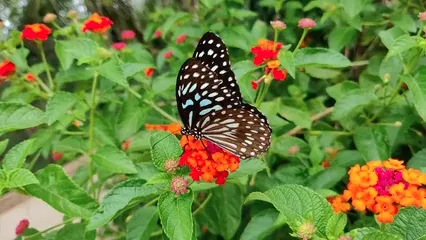
For more insights into natural solutions, check out our article on natural remedies for common plant diseases.
FAQs
What are the best natural remedies for powdery mildew?
Powdery mildew can be a gardener’s worst nightmare. Luckily, there are effective natural remedies! One popular option is a simple baking soda solution. Mix one teaspoon of baking soda with one quart of water. Spray it on affected plants, and watch the mildew retreat! Another great remedy is a milk spray. Combine equal parts of milk and water in a spray bottle. This not only tackles the mildew but also helps strengthen plant defenses. Lastly, sprinkle cinnamon powder directly onto the infected areas. With its antifungal properties, cinnamon can help stop powdery mildew in its tracks.
How can I prevent fungal diseases in my garden?
Prevention is key in the battle against fungal diseases. First, ensure proper air circulation around your plants. Space them adequately to allow airflow, which helps reduce humidity—a prime condition for fungi. Water your plants early in the day, allowing leaves to dry before nightfall. Wet leaves overnight can invite trouble! Additionally, practice crop rotation. Changing what you plant in a specific area each year helps disrupt the life cycles of fungal pathogens. Lastly, keep your garden clean by removing any dead leaves or debris. These simple practices can make a world of difference in keeping your garden healthy.
Are natural remedies effective against all plant diseases?
While natural remedies are highly effective for many plant diseases, they may not work for every situation. They excel at managing common issues like fungal infections, pests, and some bacterial diseases. However, viral diseases can be trickier. For instance, once a plant shows signs of a virus, it’s often too late for remedies. That said, employing a combination of good gardening practices—such as selecting resistant varieties, maintaining soil health, and using companion planting—can help minimize risks. So, don’t hesitate to give natural remedies a try, but always stay vigilant and adjust your strategies based on your garden’s needs.
What should I do if my plant shows signs of a virus?
If your plant shows signs of a virus, don’t panic! First, isolate the infected plant to prevent spread. Next, remove any visibly infected leaves or stems. This helps minimize the virus’s ability to move to other plants. After that, it’s wise to evaluate the surrounding plants for any signs of infection. If necessary, consider removing them as well. Avoid planting susceptible species in the same location for a couple of years. This break allows the soil to recover and reduces the chance of future infections. Lastly, focus on strengthening your garden’s overall health. Regularly amend the soil with organic matter and ensure your plants receive adequate water and nutrients. Healthy plants are better equipped to fend off diseases, even the sneaky ones!
Please let us know what you think about our content by leaving a comment down below!
Thank you for reading till here 🙂
All images from Pexels
